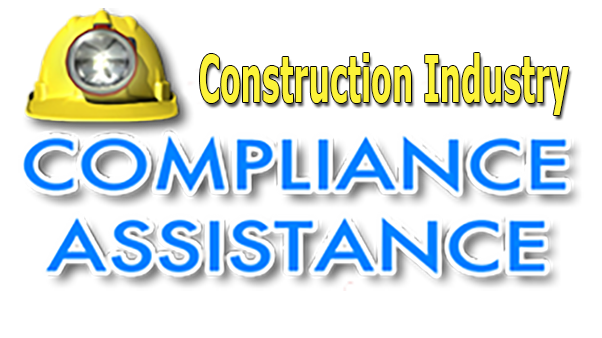
| Avoid the common stormwater violations at construction sites. Learn more. |
Construction and Development Effluent Guidelines and Standards
EPA promulgated the Construction and Development Effluent Guidelines and Standards (C&D Rule) in 2009 and amended the regulations in 2014 and 2015 (codified at 40 CFR Part 450). The C&D Rule applies to stormwater discharges from all construction sites that are subject to NPDES permit requirements (generally, sites with one or more acres of land disturbance). The final amendments took effective on May 5, 2014 (certain terms went into effect back in 2010). Provisions of the rule will be incorporated into the federal general stormwater permit (applicable to Massachusetts, New Hampshire, New Mexico, and District of Columbia, and most Indian County Lands as well as all state stormwater permits the next time they are renewed (or sooner if the states so choose).
To comply with the C&D Rule, construction site owners and operators are required to:
- implement erosion and sediment controls;
- stabilize soils;
- manage dewatering activities;
- implement pollution prevention measures;
- provide and maintain buffers around surface waters;
- prohibit certain discharges, such as motor fuel and concrete washout; and
- utilize surface outlets for discharges from basins and impoundments.
The final amendments provide additional detail regarding requirements to control erosion caused by discharges, such as where buffers are required, and soil stabilization, preservation of topsoil and pollution prevention measures (see 40 CFR 450.21). EPA also added a defined term "infeasible," which means "not technologically possible, or not economically practicable and achievable in light best industry practices" (see 40 CFR 450.11). EPA said it made this change because several of the rule requirements allow exceptions in cases where a particular practice is infeasible. Addition of a definition of infeasible will clarify for the regulated community and for permitting authorities when it is appropriate to apply these exceptions.
The C&D ELG rule directly applies to individual construction sites when its provisions are added into individual and general stormwater permits that the National Pollutant Discharges Elimination System (NPDES) regulations require. States are required by EPA to incorporate the C&D ELG provisions into their permits the next time they are renewed (or earlier if the states so choose).
In an earlier version of the rule (2009), EPA proposed numeric turbidity effluent limits for discharges from certain construction sites. EPA withdrew this requirement in the final 2014 rule.
More Resources
EPA's Construction and Development Effluent Guidelines. An overview of the C&D ELG and links to full text documents. Final Rule Fact Sheet (2014). Includes an explanation of revisions.
